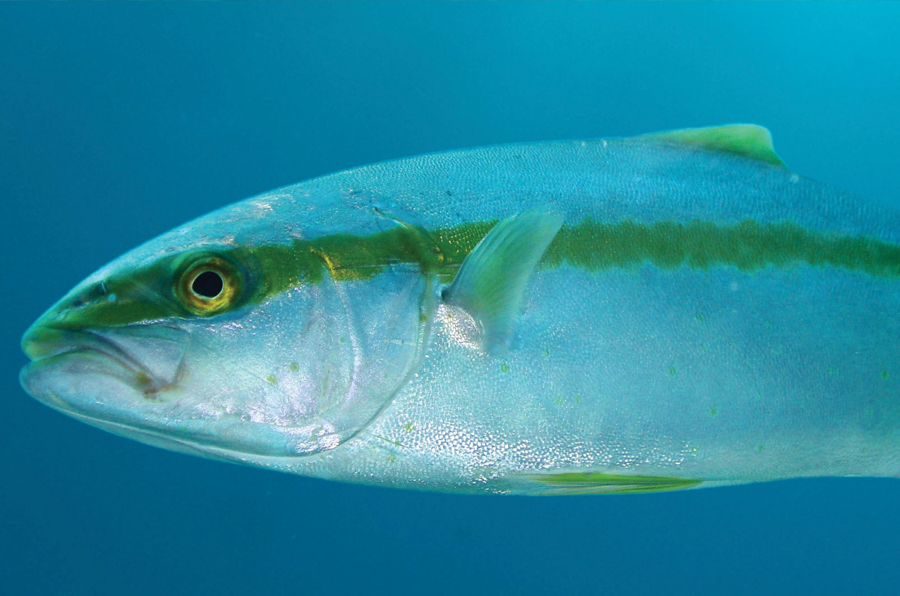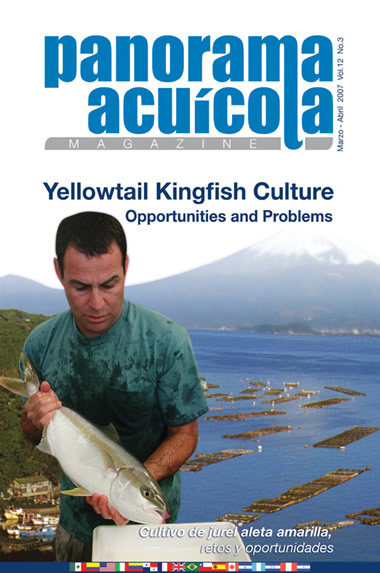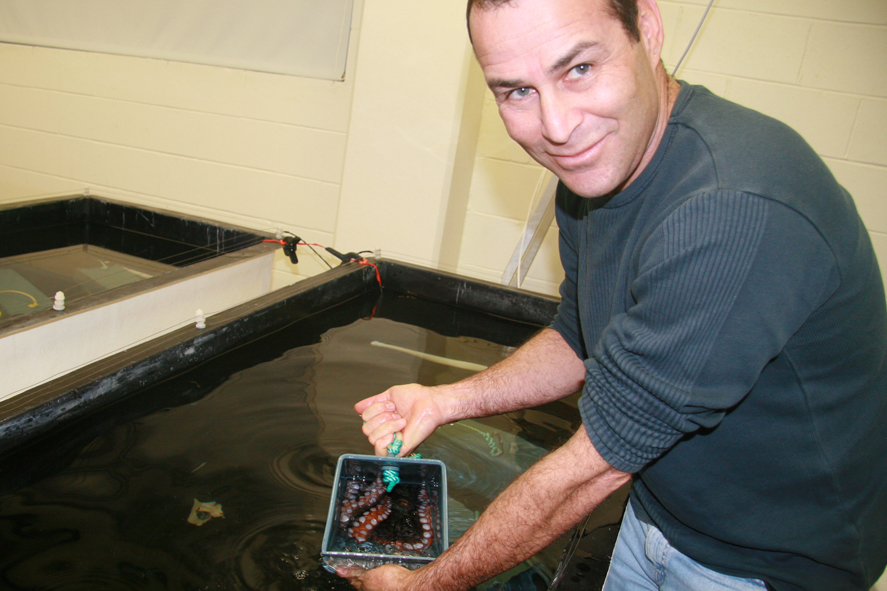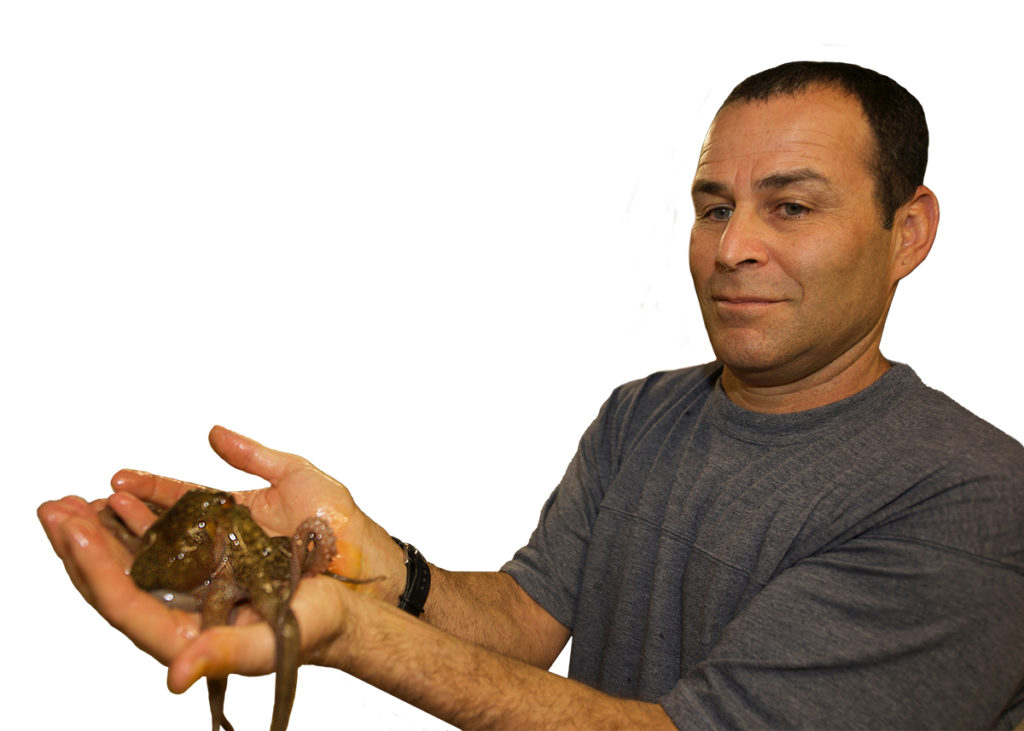Commercial solutions for aquaculture

Yellowtail Kingfish Seriola lalandi hatchery and growout
NutraKol’s Director, Dr Sagiv Kolkovski, is one of the world’s experts on Seriola culture. Dr Kolkovski works and consults with many of the current Seriola facilities around the world including Chile (one of the largest hatcheries in the world, producing larvae around the year), Mexico, Spain, Turkey, Australia and Japan.
NutraKol services included:
- Full business plan for new hatchery or existing hatchery (e.g., sea bream / sea bass hatchery in the Mediterranean).
- Business plan for different products, enabling ROI in a very short time and almost immediate revenue with start of production.
- Broodstock program including full nutritional and feeding program.
- Hatchery design, RAS or flow-through. Adaptation of existing hatchery to Seriola requirement.
- Larvae rearing protocols and unique ‘tailored’ nutritional and health solutions for Seriola. Proven results in commercial hatcheries with the highest survival and lowest deformities of Seriola larvae.
- Training program for local staff.


Octopus ranching
Dr Kolkovski, through a R&D collaborative work with commercial companies has built extensive KH for Octopus sp. ranching and closed system aquaculture, applicable around the world.
This work has achieved the highest rearing density reported (54kg/m3) and labour saving protocols.
NutraKol services included:
- Design of land-based RAS or flow-through growout system for octopus.
- Combined octopus fishing and ranching techniques. Increased revenue by ranching under-size/small octopus to market size.
- Full nutritional program utilising waste seafood industry products and/or formulated feed (by NutraKol).
- ‘Tailored’ nutritional and health products for paralarvae and juveniles.
- Unique paralarvae rearing system that reduces bacteria accumulation and increases survival.
NutraKol ranching systems and feed products can be refined for turn key projects world wide for:
- RAS plants near gourmet markets; and
- ranching projects in less developed world regions.

